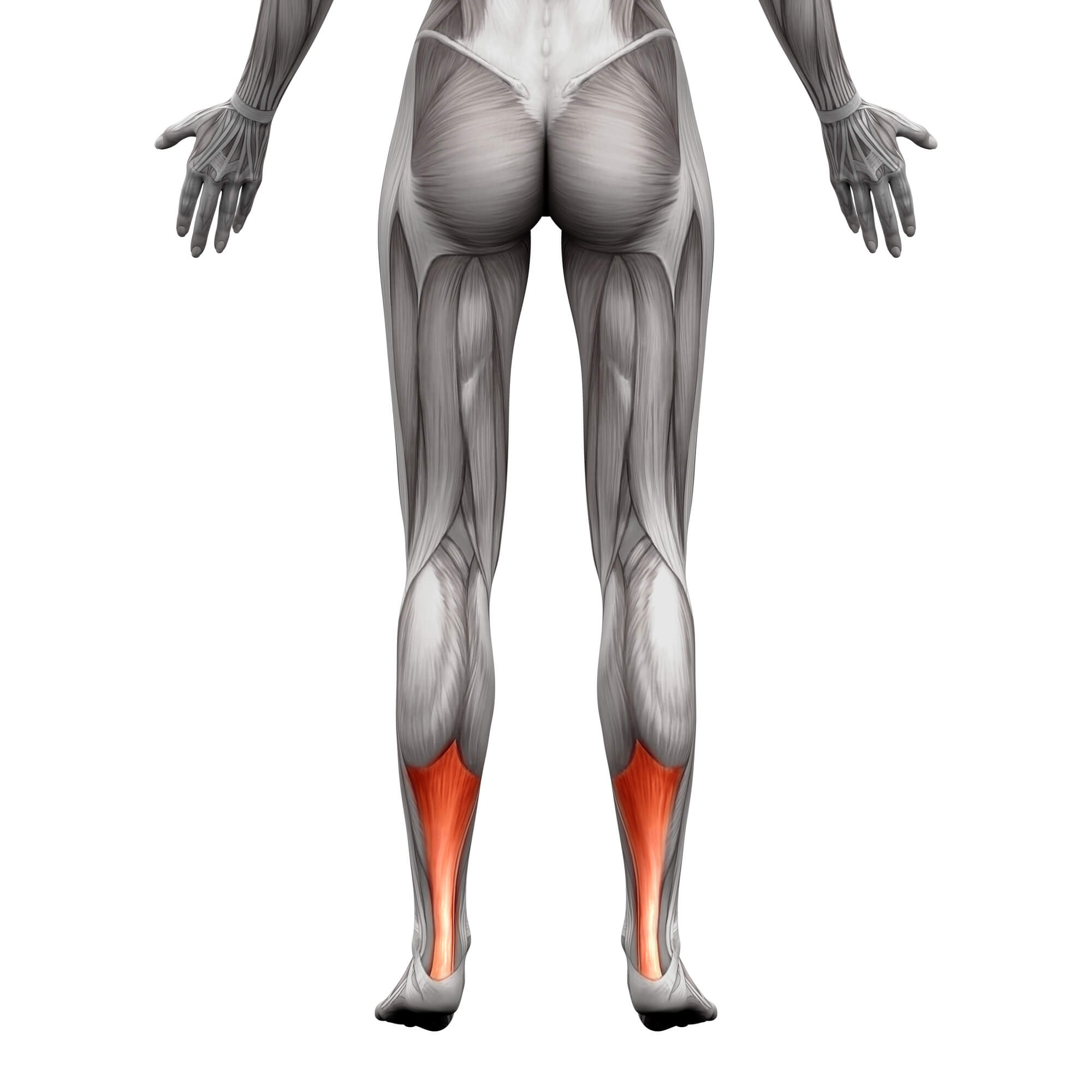Achilles Tendonitis Orthotics
Living with Achilles tendonitis can be a challenging experience, as it often leads to pain, inflammation, and limited mobility in the foot and ankle. Fortunately, orthotics can play a crucial role in managing this condition. In this article, we will explore the benefits of orthotics for Achilles tendonitis, discuss the different types of orthotic insoles available, and provide guidance on effectively incorporating them into your treatment plan.
Understanding Achilles Tendonitis
The Achilles tendon is the largest and strongest in the human body, connecting the calf muscles to the heel bone. Achilles tendonitis is inflammation of this tendon, usually caused by overuse, repetitive strain, or biomechanical issues. It is a common condition in athletes, runners, and individuals who engage in repetitive or intense use of the Achilles tendon.
Symptoms of Achilles Tendonitis
- Pain and tenderness in the back of the leg near the heel
- Stiffness and limited range of motion in the ankle
- Swelling and warmth around the Achilles tendon
- Pain that worsens with physical activity or prolonged periods of standing
The Role of Orthotics in Treating Achilles Tendonitis
Orthotics, specifically insoles, can provide significant support and relief for individuals with Achilles tendonitis. These custom-made devices address specific foot mechanics and correct alignment issues contributing to Achilles tendonitis. By providing proper arch support, controlling excessive pronation, and reducing stress on the Achilles tendon, orthotic insoles help alleviate pain, promote healing, and improve foot function.
How Orthotics Help with Achilles Tendonitis
Orthotic insoles offer several benefits in managing Achilles tendonitis:
- Arch Support: One of the primary functions of orthotics is to provide arch support. By supporting the arch, the insoles help redistribute pressure throughout the foot, reducing strain on the Achilles tendon and preventing further damage. This support promotes proper foot alignment and helps alleviate pain caused by Achilles tendonitis.
- Controlling Excessive Pronation: Excessive pronation, or the inward rolling of the foot during walking or running, is common in individuals with Achilles tendonitis. Orthotic insoles can help control this excessive motion by providing a firm, supportive structure that limits pronation. Stabilizing the foot prevents the Achilles tendon from overstretching and experiencing additional strain.
- Reducing Stress on the Achilles Tendon: Orthotic insoles are designed to offload and reduce stress on the Achilles tendon. Providing cushioning and shock absorption, they help minimize the impact forces on the tendon during walking or running, thereby reducing pain and inflammation.
Custom Orthotics for Achilles Tendonitis
When managing Achilles tendonitis, custom orthotics are often the preferred choice. These insoles are individually designed based on a comprehensive foot and ankle evaluation. By considering factors such as foot structure, gait analysis, and the severity of symptoms, a podiatrist or healthcare professional can create custom orthotics that address the individual's unique needs.

Types of Orthotic Insoles for Achilles Tendonitis
There are different types of orthotic insoles available for managing Achilles tendonitis. The choice of insoles depends on individual needs, foot structure, and the severity of the condition. Here are a few common types of orthotic insoles:
- Arch Support Insoles: These insoles provide targeted support to the foot arch, helping maintain proper foot alignment and reduce strain on the Achilles tendon.
- Heel Lift Insoles: Heel lifts are commonly used for insertional Achilles tendonitis, where the tendon attaches to the back of the heel. These insoles provide additional support and cushioning to alleviate pain and reduce tension in the Achilles tendon.
- Cushioned Insoles: Cushioned insoles offer shock absorption and provide a cushioned surface for the foot, reducing the impact on the Achilles tendon during activities.
Incorporating Orthotics into Treatment
To maximize the effectiveness of orthotics in managing Achilles tendonitis, it is important to incorporate them properly into your treatment plan. Here are some guidelines:
- Consultation with a Podiatrist: To determine the most suitable orthotic insoles for your condition, it is recommended to consult with a podiatrist or healthcare professional. They will thoroughly evaluate your foot mechanics, assess your gait, and recommend the most appropriate orthotics for your specific needs.
- Proper Fitting: Ensuring a proper fit is essential for the effectiveness of orthotic insoles. Ill-fitting insoles can lead to discomfort or worsen existing symptoms. Work closely with your podiatrist or healthcare professional to ensure your custom orthotics fit snugly and comfortably within your footwear, providing the necessary support and pain relief.
- Gradual Adaptation: It is common to require a period of adaptation when using orthotic insoles. Wear them for short durations and gradually increase the usage time as your foot adjusts. This allows your foot and Achilles tendon to adapt gradually, minimizing any discomfort or potential over-reliance on the orthotic insoles.
Preventing Achilles Tendonitis with Orthotics
Orthotic insoles can also play a preventive role in reducing the risk of Achilles tendonitis. By providing support, cushioning, and maintaining proper foot alignment, orthotics help prevent overuse injuries and excessive strain on the Achilles tendon. They can be particularly beneficial for individuals with biomechanical abnormalities or a history of Achilles tendon issues.
Conclusion
Incorporating orthotic insoles into your Achilles tendonitis treatment plan can significantly improve your quality of life by alleviating pain, promoting proper foot alignment, and supporting healing. You can receive a comprehensive evaluation and obtain custom orthotics tailored to your unique foot mechanics and Achilles tendonitis condition by consulting with a podiatrist or healthcare professional. Don't let Achilles tendonitis hold you back—take the first step towards relief and support with orthotic insoles.
Everyone's situation is unique, so it is essential to consult with a healthcare professional for an accurate diagnosis and personalized treatment plan. They can provide expert advice and guidance on the most appropriate orthotic options for your needs. With the right orthotic support, you can find relief from pain and experience improved foot function, allowing you to regain mobility and enjoy your daily activities with greater comfort and confidence.
Key Takeaways
- Orthotic insoles provide effective support and relief for individuals with Achilles tendonitis, helping alleviate pain and promote proper foot alignment.
- Custom orthotics tailored to individual foot mechanics are recommended for optimal Achilles tendonitis treatment.
- Incorporating orthotics into the treatment plan and following professional guidance can significantly improve the management and prevention of Achilles tendonitis.
FAQ
Will orthotics help Achilles tendonitis?
Orthotics can be highly beneficial in the treatment of Achilles tendonitis. They provide support, cushioning, and promote proper foot alignment, helping alleviate pain and reduce strain on the Achilles tendon.
Are there inserts for Achilles tendonitis?
Yes, there are inserts specifically designed for Achilles tendonitis. These inserts, known as orthotic insoles, are custom-made to address the unique needs of individuals with Achilles tendonitis, providing targeted support and relief.
What is the best thing to wear for Achilles tendonitis?
The best footwear for Achilles tendonitis is one that offers proper support, cushioning, and stability. Look for shoes with a firm heel counter, good arch support, shock-absorbing soles, and sufficient toe room. Additionally, incorporating orthotic insoles can provide added support and alleviate symptoms of Achilles tendonitis.

